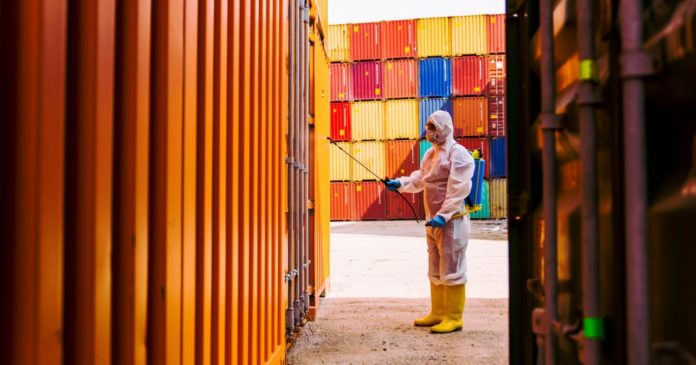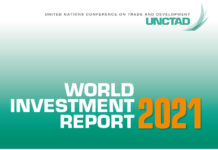The COVID-19 pandemic plunged nearly every industry into crisis with goods production and supply chains particularly disrupted
The challenge ahead lies in sustaining one critical upshot that was spurred by the immediacy of this crisis: collaboration. Within and among themselves, the public and private sectors quickly dissolved long-standing barriers. We must collaborate to invest in future-ready capabilities that allow for resilient reactions to the unexpected and strike a better balance between globalized and localized manufacturing.
They must take advantage of digital manufacturing to fill gaps where and when they arise and reinvent our supply chains to make them more resilient and human. What we can do is use innovative technologies, across private and public sectors, as a stopgap measure to fill manufacturing demand on-the-spot, just-in-time. In fact, we already have.
Collaborate to build supply chains with resilience and humanity at the core
Cost optimization can no longer be the only consideration in structuring our supply chains. We need supply chains that are built for resilience with humanity at the core and we must work together.
Supply chains are so much more than systems, structures and technologies; they are also people, whose safety and well-being must be upheld. Business leaders, especially those in technology, have an obligation to build the supply chain of the future with an unwavering commitment to human rights and safe practices for all workers.
COVID-19 was an unforeseen global issue that is now being confronted with global action as we realize the weaknesses it’s exposed. Today, it presents us with an opportunity to rebuild the supply chain of the future that we want to see and that’s an opportunity we cannot miss. More research papers HERE
Author:
Source: World Economic Forum





